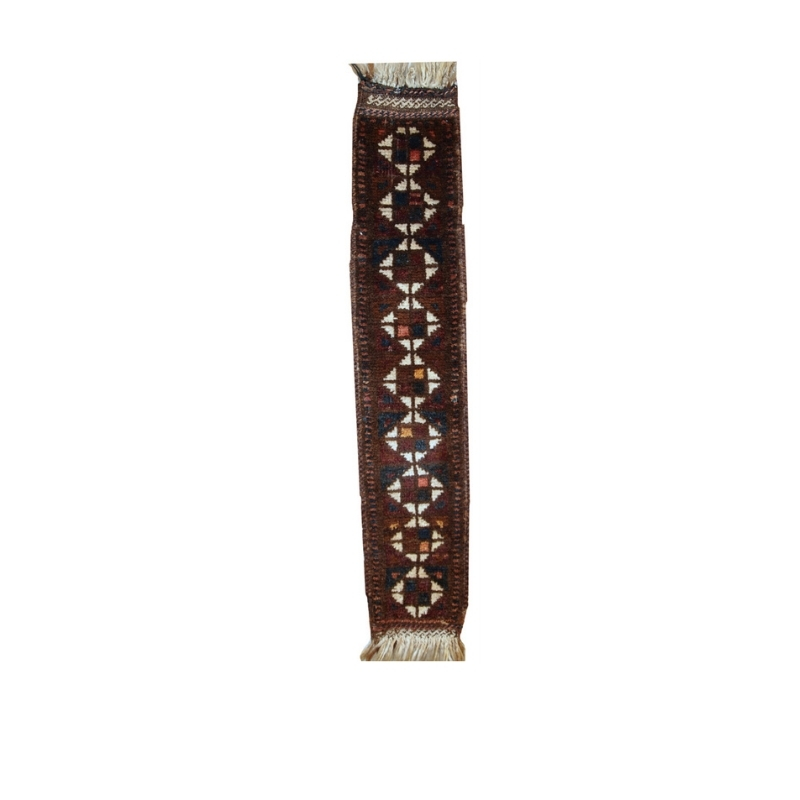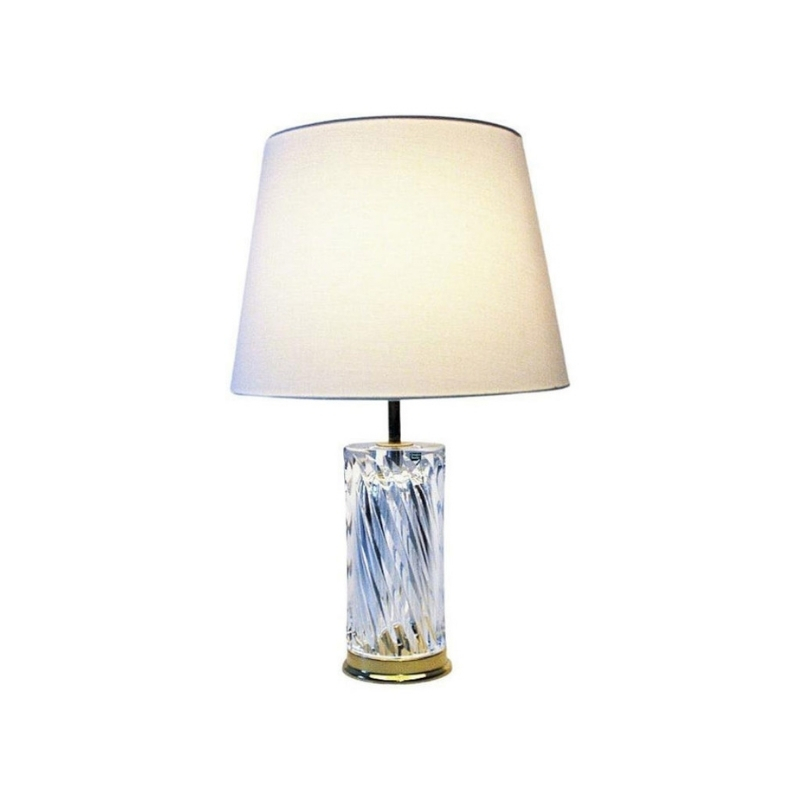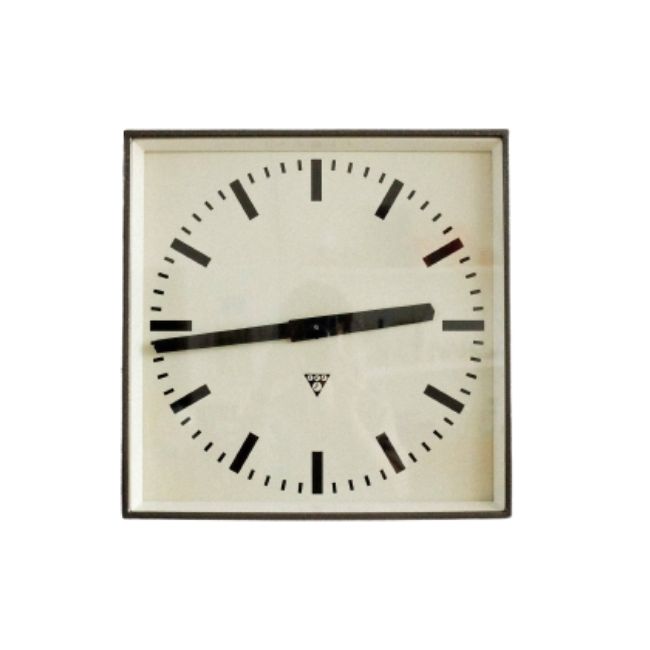teak info
Back to Leslie Pina's book:
Teak was used from 1958 to 1961.
DCW's were produced between 1946 and 1953. Reintroduced in 1994.
Still might be teak-I have learned in researching vintage furnishings/architecture that often documentation was sketchy and later new information comes to light that conflicts with the old.
I have 2 LCW's(1 birch and 1 calico ash- as best I can figure) without backs that I purchased 20 years ago. I found 2 old, drilled backs(1 likely birch, 1 walnut) through the years and am finally trying to reveneer them and reglue the shockmounts. Have asked and received good advice on here! Have not moved forward just yet as am still trying to figure out the roarockit vacuum press amongst other issues.
Was very interesting to make the rounds with LCW parts in tow to a danish modern refinisher and 2 individuals at Rockler and Woodcraft stores(1 also a guitar Luthier). All 3 seemed to really know their woods/veneers and had varying opinions. Even after sharing info from Pina's book, ruling out a few woods, they were still uncertain as to the type of wood. I decided I would never know for sure, but it will look close enough.
The calico ash name really stumped them. It must have been available years ago from old growth trees only and likely just describes a darkened/striated ash with extra character.
My point is, I think it must often be very difficult to discern woods.
Khus
Khus
Here's my free advice for your chair backs (I understand that both are drilled through):
Identify the bolt thread that you will use to reattach the backs. Obtain four "Rosann" nuts or similar threaded inserts of the same thread pitch and diameter, and epoxy them into the backs, drilling out the existing hole as necessary and making sure that the metal doesn't protrude through the front face of the plywood. Then file or sand until the metal and glue is perfectly in plane with the face of the plywood. (The back, where the shock mount will go, is not so important, as the area will be covered by the rubber mount.) Any irregularity -- even the small hole in the center of the threaded insert -- will likely telegraph through the veneer and be visible after finishing. The thicker the new veneer, the better, for this reason. A skin of epoxy over that hole would be very helpful in this regard. And of course reassembly with a sufficiently short bolt to prevent penetration of the veneer from behind, will be crucial.
When using the vacuum bag, you will have to trim the new veneer to the exact size and shape of the plywood, so that the veneer isn't folded over the edges and broken by the force of the vacuum. (Indeed, I would count on having to sand just a little of the existing edges, after lamination is complete, to present a clean and square new edge to the back.) And I think you will have to soften the veneer -- with a glycerine/water treatment ? -- to make it sufficiently pliable to conform to the warped edges of the plywood without splitting. (Check to see which substances to use -- softener and a compatible glue.) It might even be advisable to pre-apply a thin fabric or mesh sub-layer to the back side of the veneer, as a first step, to prevent such damage during the final glue-up. Do a sample first to assure that the resulting two-ply sandwich is sufficiently pliable to conform to the chair back. Buy enough veneer to do four chair backs. . .at least.
And it would certainly be advisable to veneer only one face of the piece at a time, because controlling one slippery glued veneer will be difficult enough. No damage to the piece will result from this "unbalanced" gluing procedure, as the thickness of the already-shaped plywood will prevent further warping, I am confident.
In order
to "file and sand" the concave center of the chair back, as advised, it would be ideal if a mating convex sanding block would be made, to which various grits of emery paper could be attached with removable spray glue to attack the metal and epoxy which might be protruding from the plane of the back.
Okay --
maybe it would be easier and safer (to the final effect) to partially recess a short-neck T-nut into the face of the plywood, protruding a bit through the back (where the internally threaded projection would be concealed within the shock mount) and with the slightly recessed face of the metal filled with the same epoxy used to affix the T-nut to the wood. The epoxy fill would be easier to sand than metal, as in the previous method. . .
The open front (flat) face of the T-nut has a hole, which could be covered with semi-permeable paper before the epoxy fill is applied, to keep the glue from filling the threads. The paper would absorb enough epoxy to make sure that it is well adhered to the metal. The metal should be thoroughly degreased before glue is applied, naturally.
.
"The calico ash name really stumped them. It must have been available years ago from old growth trees only and likely just describes a darkened/striated ash with extra character."- Khus
This is still common today. Shifting names a bit, creating a new name to not
try and fool anyone at all, just to separate a specific lot. If a large order was
placed, a woodworker, or factory, has enough trouble keeping the
final finish similar.
"calico ash' could be teak. Or my cabinets could be 'calico ash'.
Also common in wood identification, when something like 'calico' is added,
it is not ash at all but something else that has the characteristics of ash.
I'm thinking a bit like Khus. It is ash but an uncommon one and they had a bit of
trouble with it because it had so much character. A, B and C grade. Seems to
me the chair back mistakenly has the B grade (or side). Often hard to see it until the
finish is applied. (or just a sloppy day in the shop?)
My cabinets only have the broad grain on the end panels. Upper cabinets have the select
A grade at eye level. Lowers are lovely but well chosen for their location.
Interiors are B and C grade. -Usually just A and B side terms are used, but we always
have added C to the list. No matter how expensive a piece of stock may be, it just doesn't work
in a layout. We put it aside for a solo project. -it returns to the A grade list.
Most ash today rarely looks like that. Very strong but young growth and very green.
(most, not all)
(SDR, the OPO's say they used teak oil. I'm convinced a house keeper along the way used some crazy
polish with silicone. They look good so i've just let them be for now)
Thanks, Rockland
That all makes sense to me. The re-assigning of batches of wood or veneer is just what we have done -- it's all about getting enough of an acceptable flitch so that you can have a uniform appearance throughout your project. . .
Here's the way I expect ash to look. These samples accord with the relatively few ash Eames chairs that I've seen personally. The defining feature of the grain, for me, is the unusually large voids of the softest part of the grain -- the darkest portions of the samples, especially visible in the flat-sawn second example -- and the contrast between that area and the adjacent broad, hard and impervious portion of the wood.
Further
The first and third samples appear unfinished; the middle one has an aged clear finish or perhaps a light stain. A characteristic of the uncoated wood is a delicate range of hues, combining a greenish "white" with warm pinks and tan. Such color subtleties are of course lost with the introduction of any finish. One thinks of the mix of green and pink that one finds on a raw piece of cherry. . .
To be fair
any tree of any specie can develop anomalous grain features. The dark stripes in the chair shown above could appear in a number of different woods.
I know of a Honduras Mahogany tree that woodworkers were gaga over, here in N California, twenty years ago (when pieces of it were for sale): a figure that one would have to call "quilted" was the feature, making a plank appear to be carved with pockets like an ice-cube tray. Ugliest wood I ever saw. . .
I am the first to admit I'm...
I am the first to admit I'm not an expert on wood species. I've always thought the bottom chair was Birch also until I saw the picture you posted above of ash with the same pattern. That, on top of the fact that I can't seem to find any mention of Birch being used on these chairs made me ask the question.
The top chair has always baffled me but after reading these posts I thought I'd take another look at my chairs and found that this one has markings on the bottom that read "4780/56/A" and assumed that the "A" stood for Ash. The bottom of the same chair looks much different than the back, much more like what we think of as Ash. Unless somewhere someone along the line swapped chair parts...
Yes
Both faces of that seat look like ash to me. Note how, in the top side (which gets all the use, and into which dust and dirt can settle if only via gravity), the open pores have taken on a lot of "dark matter" (!).
The large irregular grain patterns seen earlier are not indicative of specie but of the method by which the veneer was cut. A common (?) method of making hardwood veneer is to attach a section of the bole (the tree trunk) to a swinging arm, which drives the wood in an arc past a stationary knife. This takes a section through the wood that is a cylindrical shape -- like a potato chip -- and if the cut is made across the outside of the bole (the early cuts in the sequence) the cut will be almost parallel to the growth rings of the tree, resulting in a grain like that of the "birch" chair seat above -- and my second ash sample. (Later cuts from the same bole, as the knife passes in a path nearly perpendicular to the growth rings -- and at some point through the center of the tree -- will produce the narrow parallel grain pattern identical to the rift- and quarter-sawn board.)
(This method bears some resemblance to the rotary method of cutting veneer, in which the bole is rotated continually against a stationary knife; the knife follows roughly the arc of the growth rings, so the grain appearance is entirely without parallel lines, and instead is composed entirely of wavy-edged large areas.)
Clearly, with above method, some veneers from a given log will look very different from others -- though they all came from the same tree, and would probably match closely in color. . .
I don't know what labeling code if any was used by the maker(s) of these chairs to denote specie. I don't believe I've often noticed any pencil notation. Anybody ?
If you need any help, please contact us at – info@designaddict.com









